Dallisgrass! Overseed or start over? What grass type?
MichaelWilliams
10 years ago
Related Stories
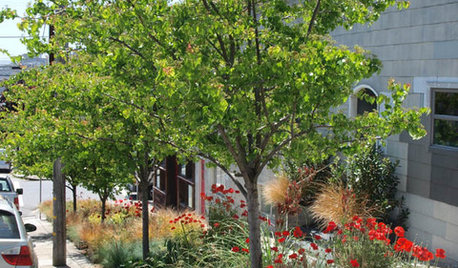
CURB APPEALTake Your Hell Strip to Heavenly Heights: 8 Design Ideas
Trade weedy dirt and trash for a parking strip filled with wispy grasses, low-growing flowers and textural trees
Full Story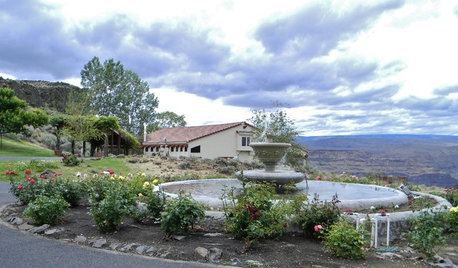
CONTEMPORARY HOMESMy Houzz: Check Out the Curves on This Cliffside Home
Circular forms star in a home on a Washington gorge, from the boulder pile downstairs to an exterior side with nary a straight line
Full Story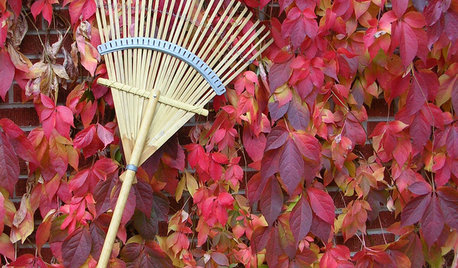
GARDENING GUIDESYour November Garden Checklist
What to do around the U.S. this month to help your garden thrive — when you're not admiring fall's brilliant colors, that is
Full Story
GARDENING FOR BUTTERFLIESBe a Butterfly Savior — Garden for the Monarchs
Keep hope, beauty and kindness alive in the landscape by providing a refuge for these threatened enchanters
Full Story
DECORATING GUIDESLessons in Living Comfortably: Embrace the Scratches and Dents
When you celebrate wear and tear, you send a message that your home is designed for relaxation
Full Story
HOUZZ TOURSHouzz Tour: Modern and Traditional Tango in a Spanish-Style Ranch
From leaky and drab to revamped and fab, this Southern California home with its own orchard is more than ready for guests
Full Story
BEFORE AND AFTERSSee 6 Yards Transformed by Losing Their Lawns
Wondering whether a turf lawn is the best use of your outdoor space? These homeowners did, and they found creative alternatives
Full Story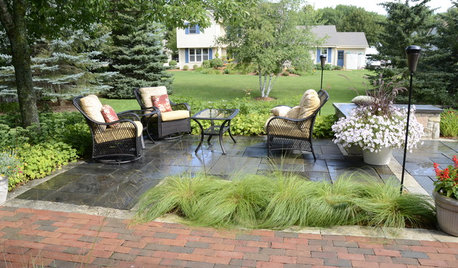
LANDSCAPE DESIGN5 Reasons to Consider a Landscape Design-Build Firm for Your Project
Hiring one company to do both design and construction can simplify the process. Here are pros and cons for deciding if it's right for you
Full Story
BUDGETING YOUR PROJECTConstruction Contracts: What to Know About Estimates vs. Bids
Understanding how contractors bill for services can help you keep costs down and your project on track
Full Story
REMODELING GUIDESSo You Want to Build: 7 Steps to Creating a New Home
Get the house you envision — and even enjoy the process — by following this architect's guide to building a new home
Full StoryMore Discussions






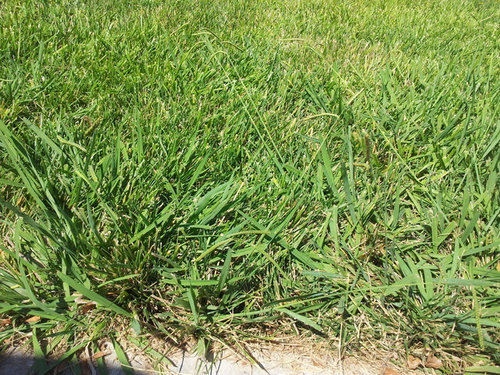

texas_weed
MichaelWilliamsOriginal Author
Related Professionals
Wrentham Landscape Architects & Landscape Designers · Arlington Landscape Contractors · Milford Landscape Contractors · Burien Landscape Contractors · Dallas Landscape Contractors · Fairhope Landscape Contractors · Middleton Landscape Contractors · Panama City Beach Landscape Contractors · Ponte Vedra Beach Landscape Contractors · Silver Firs Landscape Contractors · Casselberry Landscape Contractors · Lake Forest Swimming Pool Builders · Los Alamitos Swimming Pool Builders · Rockwall Swimming Pool Builders · Rocky Point Swimming Pool Builderstexas_weed
MichaelWilliamsOriginal Author
dchall_san_antonio
MichaelWilliamsOriginal Author
MichaelWilliamsOriginal Author
MichaelWilliamsOriginal Author
MichaelWilliamsOriginal Author
MichaelWilliamsOriginal Author
l_w_davis
MichaelWilliamsOriginal Author
grass1950
MichaelWilliamsOriginal Author
MichaelWilliamsOriginal Author
MichaelWilliamsOriginal Author
dchall_san_antonio
MichaelWilliamsOriginal Author
MichaelWilliamsOriginal Author
dchall_san_antonio
MichaelWilliamsOriginal Author
MichaelWilliamsOriginal Author
MichaelWilliamsOriginal Author
MichaelWilliamsOriginal Author
dchall_san_antonio
MichaelWilliamsOriginal Author
MichaelWilliamsOriginal Author
MichaelWilliamsOriginal Author
MichaelWilliamsOriginal Author